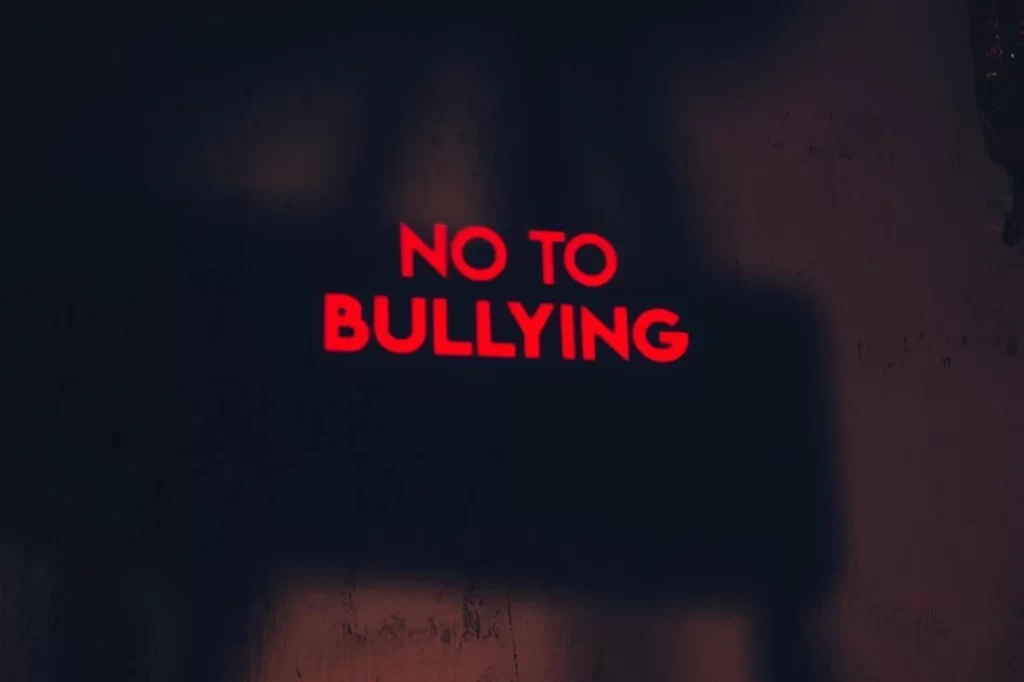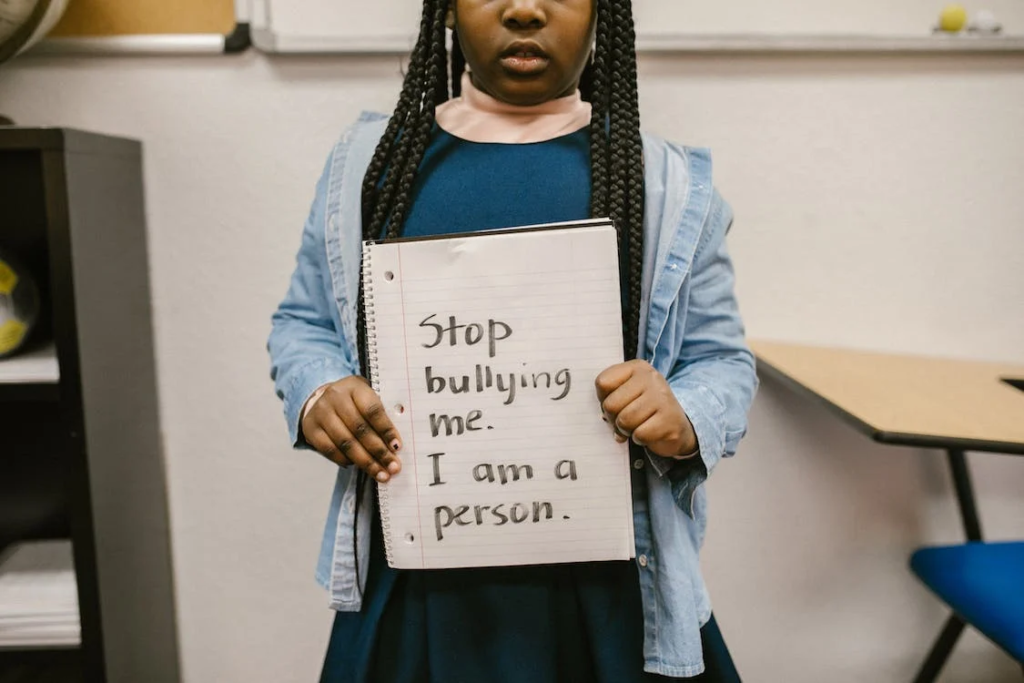
Navigating the Digital Maze: Unraveling the Dark Side of Social Media -Cyber Bullying
In the midst of our technology-driven era, where every facet of our lives intertwines with digital platforms, a new threat has emerged: cyberbullying. While the technological revolution has bestowed us countless opportunities, it has also cast a shadow of concern. Cyberbullying, a disturbing phenomenon, thrives through the utilization of social media as a tool for harassment and the dissemination of hurtful messages.
With so many people connected on platforms like Facebook, Instagram, and Twitter, it’s easy for bullies to reach their victims quickly and often anonymously. Social media can be used as a tool to spread hate in various forms, such as posting embarrassing photos or videos online without permission.
Though multiple laws are in place to prevent cyberbullying, many loopholes still need to be closed. In his book ‘What Bad We Do,’ Raymond G. Comeau states that prevention is the best way to combat this problem. It starts with parents teaching their children about proper internet etiquette and how to spot signs of being a victim of cyberbullying.
Embark on a journey of awareness and empathy as we strive to create a safer digital world. By unraveling the tangled web of cyberbullying, we can forge a path toward compassion, understanding, and the collective will to protect one another on social media.

Ways Social Media Encourages Cyber-Bullying
- Cyberbullies can easily hide behind the mask of anonymity when posting hurtful messages or photos online. This gives them a sense of power and helps them avoid any repercussions of their actions.
- Social media is easy for cyberbullies to reach large groups of people quickly and anonymously, allowing them to spread hateful messages about their victims with little effort and no accountability.
- It’s easy for cyber bullies to make multiple accounts on different platforms and use those accounts to target specific individuals or groups without anyone knowing they posted the content in the first place.
- Cyberbullying doesn’t just happen between two people; it can involve groups of people on multiple social networks. Such groups often plan to target and shame people of certain ages, genders, or races. By using social media to reach a wider audience and encourage participation, these bullies can have a much larger impact on their victims than if they used traditional bullying methods.
- Social networks give cyber bullies certain tools that can be used to promote their attacks on others. These include messaging multiple people at once in private conversations and groups, posting damaging comments publicly for everyone to see, and sharing photos and videos with cruel captions attached. They can also create fake profiles and pages that spread lies about other people to hurt their reputation.
- Many people use their platforms to spread false information and rumors about someone, which can have serious consequences regarding reputation damage, relationships, or even job opportunities.
- Cyber bullies can target people from different backgrounds and cultures, making it harder for victims to find support from their peers and authorities since the perpetrator is typically unknown or anonymous.
- Social media gives cyber bullies an easy way to manipulate conversations, networks, and content to get what they want from their victim – whether that’s attention, money, or something else entirely.
Final Thoughts
Author Raymond G. Comeau emphasizes that the effects of cyberbullying can be devastating and have long-term implications for victims. It’s important to remember that no one should ever have to suffer from cyber bullying, and it’s up to us as a society to take a stand against it. With awareness, education, and proper safety measures in place, we can make sure everyone is treated with respect online.